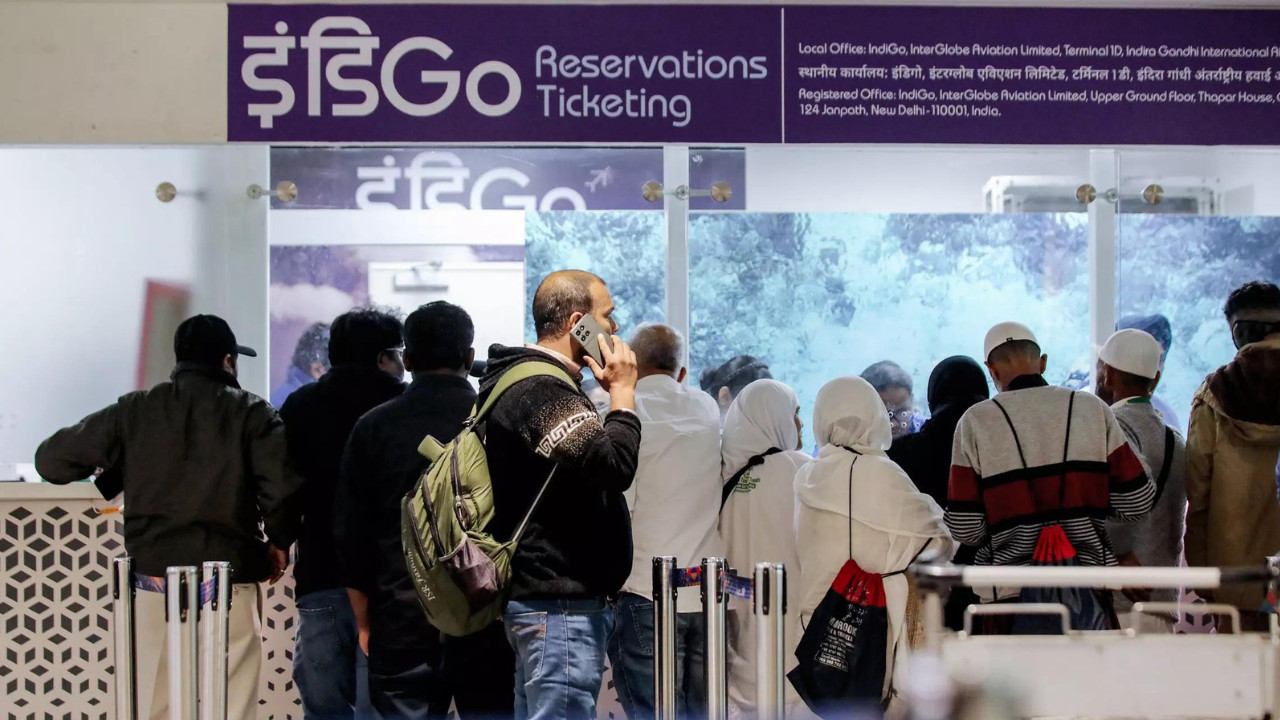India and the US are aiming to finalize an interim trade agreement by June 25, potentially leading to a broader bilateral trade agreement before autumn. Discussions are progressing, with Indian officials recently engaging in trade talks in Washington. India seeks relief from the 26% reciprocal duty, while the US wants tariff reductions on various products.
Is a Trade Truce on the Horizon? India and US Teeter on the Brink of a Deal
The air crackles with anticipation, doesn’t it? Like the seconds before a firework explodes. That’s how it feels following the news that India and the US might just be ironing out an interim trade deal – and soon. The deadline, seemingly penciled in for June 25th, is looming, adding extra urgency to the already complex dance between two global economic powerhouses.
We’ve been watching this waltz for a while now, haven’t we? It’s a push and pull, a delicate negotiation of tariffs, market access, and the ever-present specter of protectionism. Remember Trump’s tariff deadline? It’s the conductor keeping the orchestra in tune, pushing both sides to actually get something concrete done.
But what’s really driving this? It’s more than just avoiding tariff wars. For India, securing preferential access to the vast American market is a golden ticket. Think of the boost to Indian exporters, the potential for job creation, and the overall positive impact on the economy. On the other side of the pond, the US is keen on expanding its footprint in the booming Indian market, eager to sell its goods and services to a rapidly growing consumer base. It’s a classic win-win… theoretically.
This isn’t a grand, sweeping agreement designed to reshape the entire trade landscape. Think of it more as a temporary ceasefire, a handshake agreement designed to provide a breathing space while both nations hammer out a more comprehensive, long-term deal.
What’s likely on the table? Well, the usual suspects: reducing tariffs on specific goods, streamlining customs procedures, and addressing non-tariff barriers. I wouldn’t be surprised to see discussions revolving around agricultural products, pharmaceuticals, and maybe even some tech-related items. Agriculture is a particularly sensitive area; both nations have strong domestic lobbies to appease, so any compromise here will be a carefully choreographed balancing act.
The optimism surrounding this potential agreement is palpable, but let’s not get ahead of ourselves. Trade deals are notoriously tricky to finalize. There are always last-minute snags, unexpected hurdles, and the inherent difficulty in finding common ground between two nations with vastly different priorities.
Think about it from India’s perspective. How much can they realistically concede to the US without jeopardizing their own domestic industries? And on the American side, will the deal truly offer enough benefit to justify the compromises made?
The real victory here would be demonstrating a willingness to cooperate, to find solutions even when faced with seemingly insurmountable differences. A successful interim agreement would send a positive signal to the global economy, demonstrating that even in an era of increasing protectionism, collaboration is still possible.
I’m particularly interested in seeing how the agreement addresses the issue of intellectual property. This has been a persistent sticking point between the two nations for years, with the US often pushing for stronger protection of its intellectual property rights in India. Finding a middle ground here will be crucial for fostering innovation and promoting long-term economic growth.
Beyond the immediate economic benefits, this potential deal carries significant geopolitical weight. Strengthening trade ties between India and the US serves as a counterweight to China’s growing influence in the region. It’s a strategic partnership as much as it is an economic one, and that makes it all the more important.
So, what can we expect in the coming weeks? Expect intense negotiations, behind-the-scenes maneuvering, and a healthy dose of diplomatic posturing. The June 25th deadline is undoubtedly driving the process, but it’s also important to remember that these things rarely go exactly according to plan.
Ultimately, the success of this interim trade deal hinges on the willingness of both sides to compromise and prioritize long-term gains over short-term wins. If they can pull it off, it could be a significant step towards a stronger, more stable, and more prosperous relationship between India and the United States. It’s a space to watch closely, because the ripples of this agreement, whether successful or not, will undoubtedly be felt across the globe. And that’s a story worth following.
📬 Stay informed — follow us for more insightful updates!







